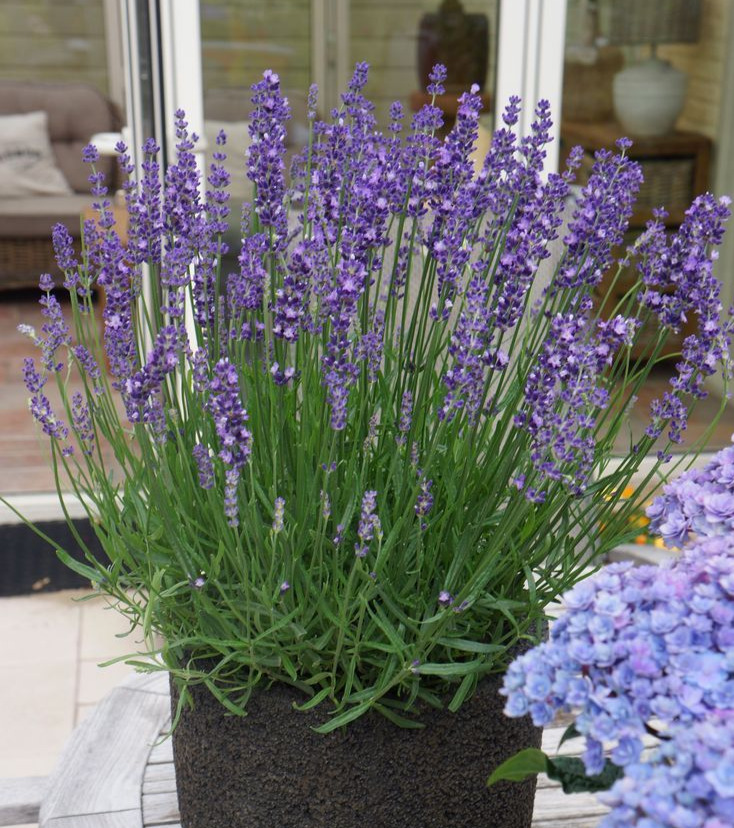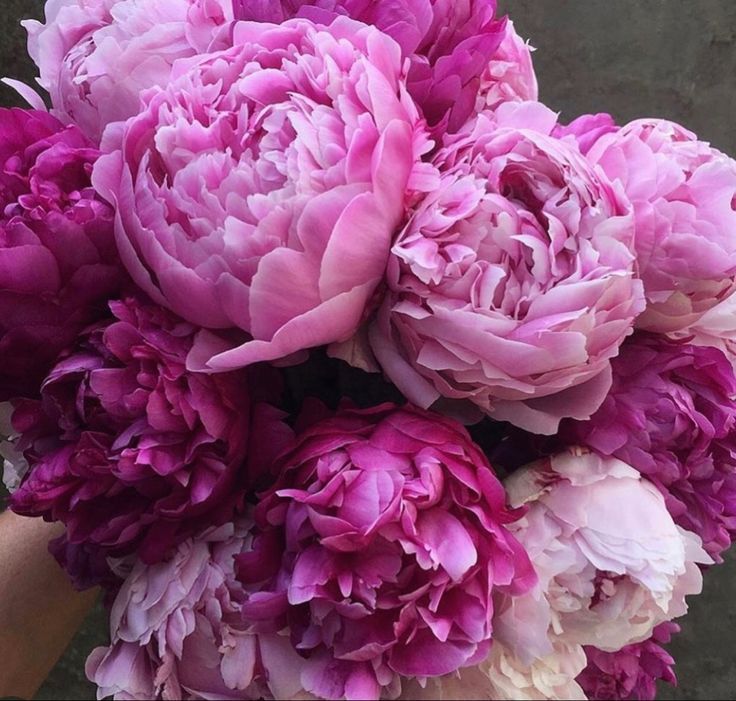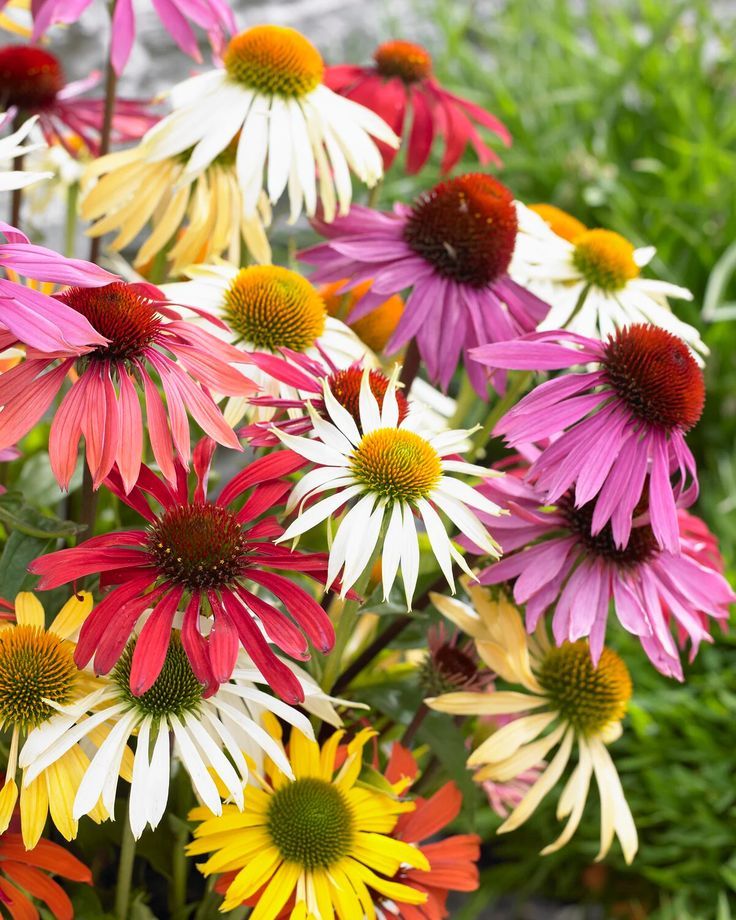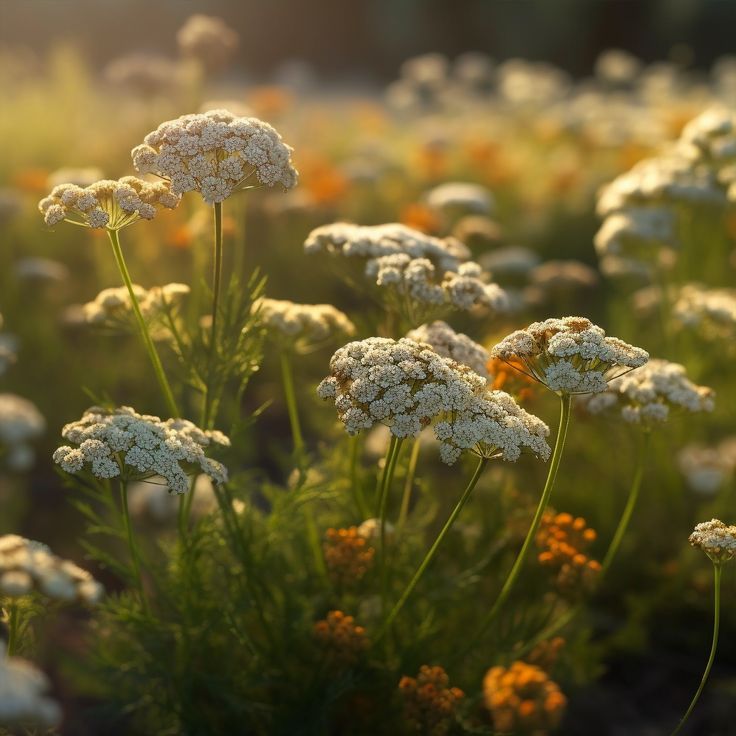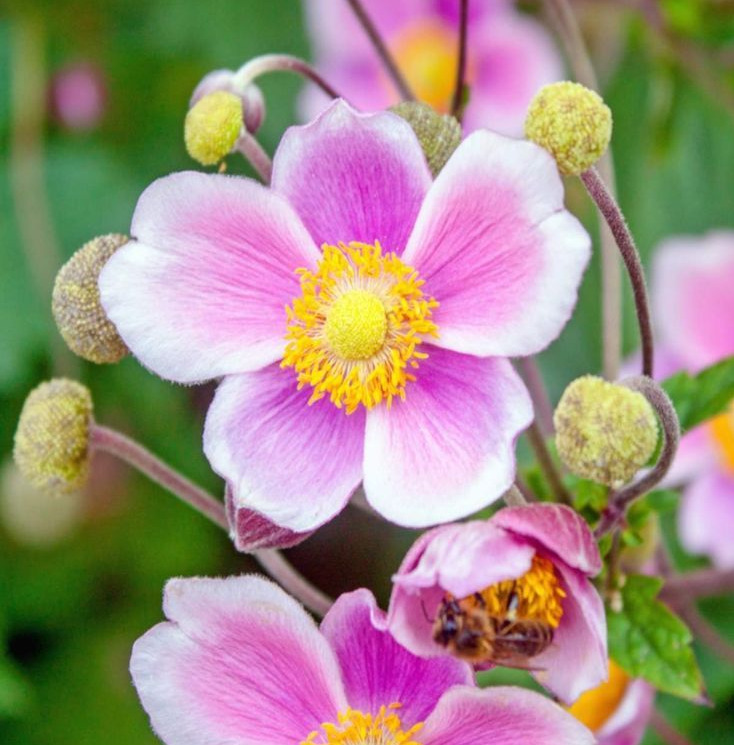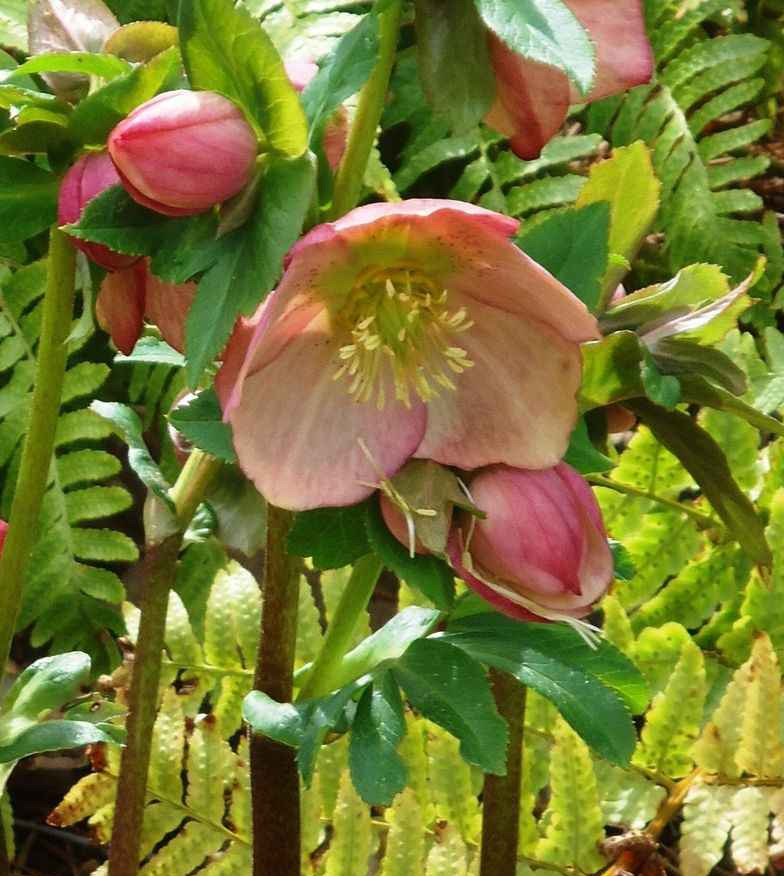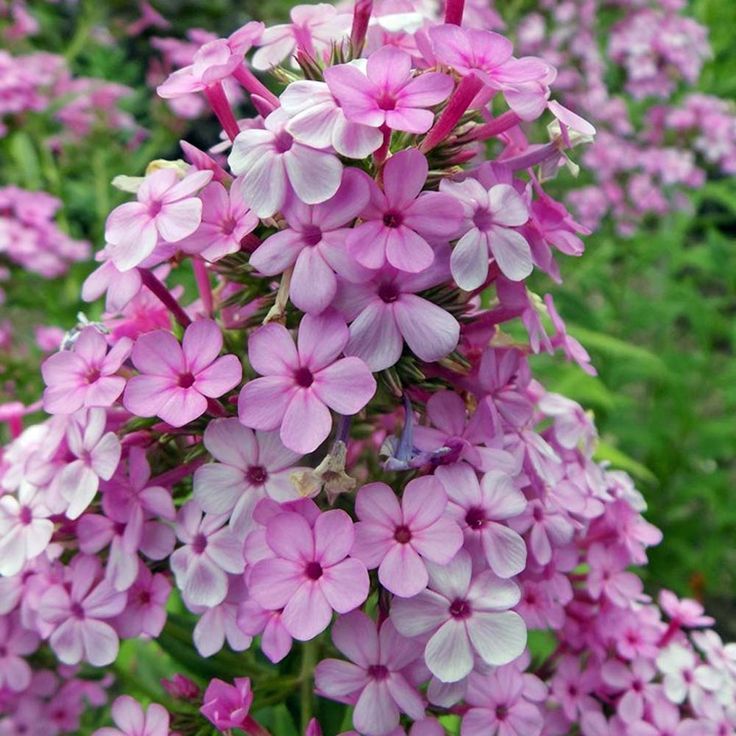As fall plan of attack , many gardeners might be eager to tidy up their garden by prune back their perennials .
However , sealed perennials do good from being left alone until spring , reserve them to flower beautifully in the next year .
In this web log post , we ’ll explore 21 perennials that you should hold on prune this tumble to ensure vibrant and lush blooms in 2025 .

Lavender
Lavender is well leave unpruned in the fall . The plant ’s woody stems take protection from winter cold , and pruning in bounce promotes brisk , vibrant growth .
Hydrangea
keep off cut back hydrangeas in nightfall , as this can remove the flower buds for the next yr . They need their old wood to blossom brilliantly in 2025 .
Peonies
Peonies should be leave behind to die back naturally . Cutting them in spill can expose them to disease , and allowing the leaf to fade protect the roots .
Coneflowers
Leaving coneflowers unpruned provides winter food for birds , seeds for wildlife , and retain the plant ’s wellness for the next blooming season .
Sedum
Sedum ’s social organisation sum up wintertime sake to garden . The plant ’s dry out heyday heads can catch frost and snow , creating a lovely wintertime show .
Russian Sage
Russian sage should be left unpruned as its woody stems provide wintertime protection . Pruning in give encourages rich raw growth .
Bee Balm
Bee balm can mildew if prune too early . Leaving the stems entire over wintertime helps preserve the plant ’s wellness and vigor for outpouring .
Astilbe
Astilbe ’s feather provide winter interest group and tribute . Pruning in the autumn can counteract the plant life , so it ’s best to await until springiness .
Hostas
Hostas should be leave to their own devices in fall . Their farewell protect the crowns , and removing them too early can queer the plant to stale price .
Daylilies
Daylilies benefit from being result unpruned , as their foliage help salt away zip for next year ’s blooms . Cut back only after the leave have naturally wither .
Yarrow
milfoil ’s dry stems tote up texture to winter garden . remove them in fall can bring down the works ’s resilience , so it ’s best to rationalize in leap .
Japanese Anemone
Japanese anemone should be leave standing to protect their crowns . Pruning in fall can top to reduced flowering in the next season .
Black-eyed Susan
calamitous - eyed Susans provide seeds for hoot in winter . leave behind them unpruned help support wildlife and see healthy blooms the undermentioned year .
Coral Bells
Coral chime profit from declension foliage . Cutting them back can damage their crowns , so expect until bound to clean up them up .
Echinacea
Echinacea , like coneflower , should be left to provide seeds for razz . Pruning in spring helps maintain the plant ’s natural class and vigor .
Hellebores
Hellebores bloom in late winter to former spring , so leaving their foliation intact helps protect the bloom buds from harsh winter conditions .
Lenten Rose
Lenten roses are alike to hellebores and require their leafage for auspices over winter . Wait to cut back until after flower in natural spring .
Salvia
Salvia should be leave unpruned as their stalks provide winter interest group . Pruning in natural spring encourages more prolific unfolding .
Gaillardia
Gaillardia gain from leaving the bow over wintertime , as this stick out the plant ’s health and regrowth in spring .
Shasta Daisy
Shasta daisy should be depart alone in fall . Their stems protect the plant ’s base , and spring pruning can encourage more blooms .
Phlox
Phlox benefits from winter aegis provided by its stems . Pruning in spring rather than return ensures healthier plants and more flush .
